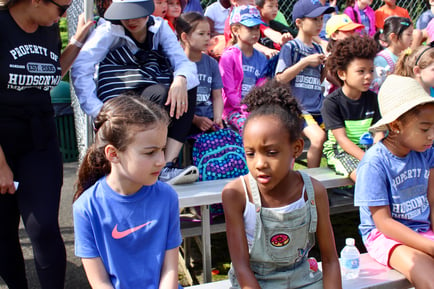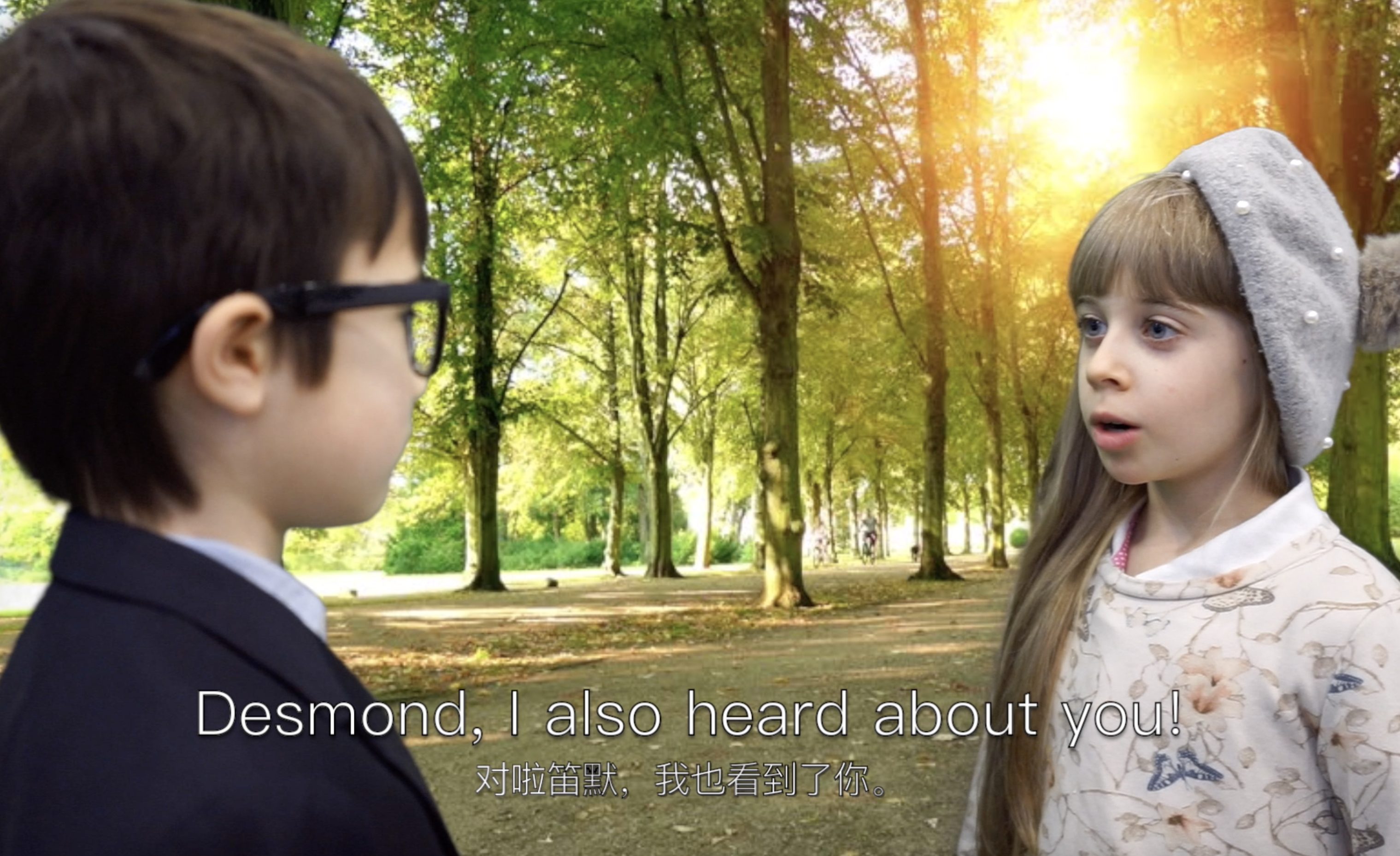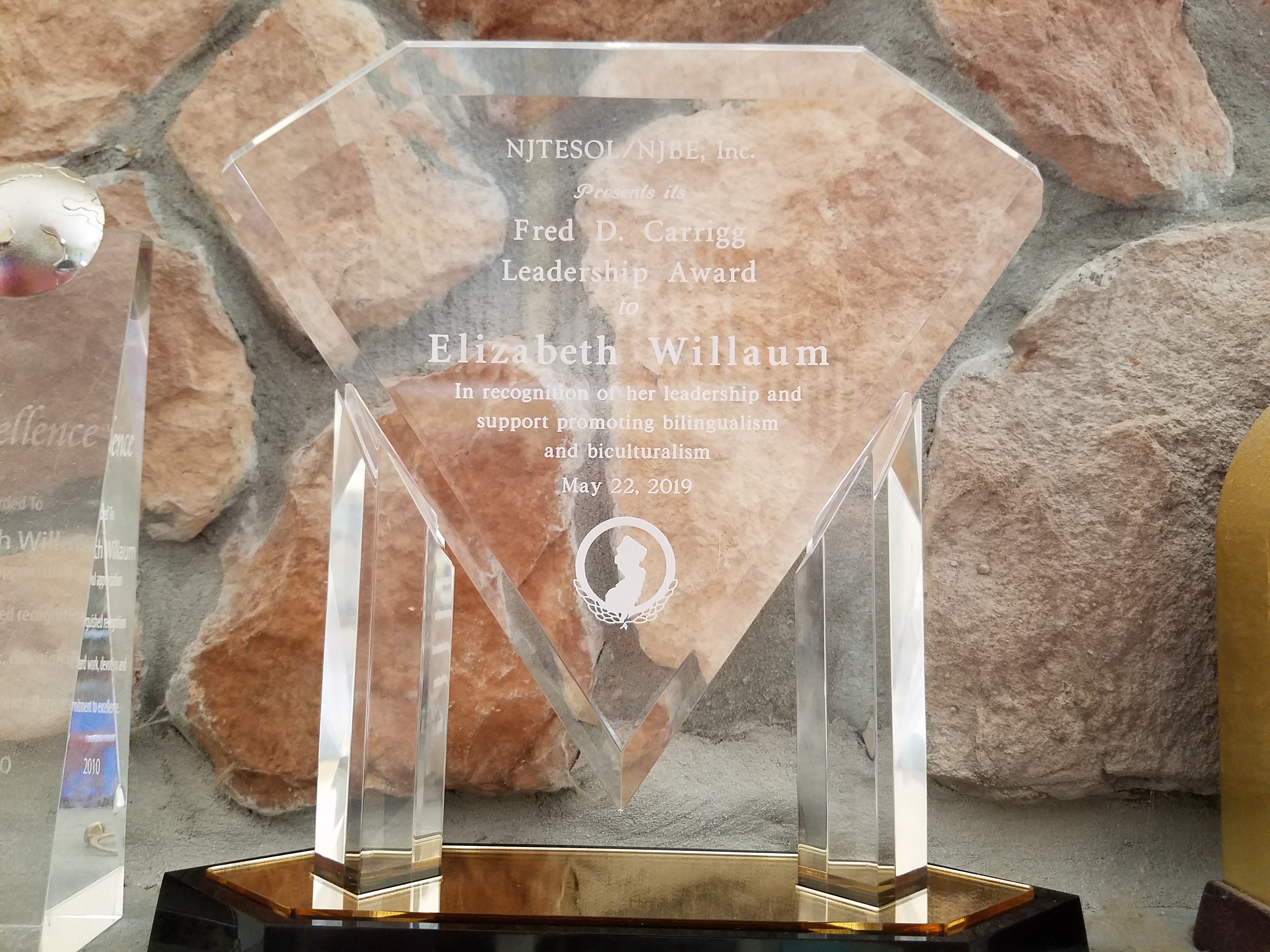 An experiment described in Dr. Barbara Pearson’s book Raising a Bilingual Child illustrates how degrees of exposure to a second language can change social perceptions.
An experiment described in Dr. Barbara Pearson’s book Raising a Bilingual Child illustrates how degrees of exposure to a second language can change social perceptions.
In this experiment, children were placed into three groups: (1) monolingual English speakers, (2) both Spanish and English-speaking children with language of instruction as English only, and (3) a classroom of Spanish and English-speaking children with learning taking place in both Spanish and English.
English speaking students in each group were shown a stack of photos of children of similar age, some of European heritage and some of Latino heritage, and asked who they thought might be smart, who had a lot of friends, who they would like to be friends with, etc.
Those in Group 1 (monolingual English speakers) chose Latino children for positive traits about 10% of the time.
Those in Group 2 (Spanish and English-speaking children with language instruction in English only) chose Latino children only about 12-13% of the time.
While those in Group 3 (Spanish and English-speaking children with learning taking place in both Spanish and English) chose Latino children for positive traits 40% of the time.
Interestingly, it was only the group of children who were learning Spanish who identified with individuals in other ethnic groups positively. This has implications for parents who feel that simply being in a diverse monolingual preschool environment is enough to develop cultural understanding. It shows that a deeper learning is needed, and that children who speak two languages can view the world from two lenses.
-5.png?width=251&height=52&name=HWIS%20Logo%20Green_Gold%20Transparent%20Background%20(3)-5.png)





